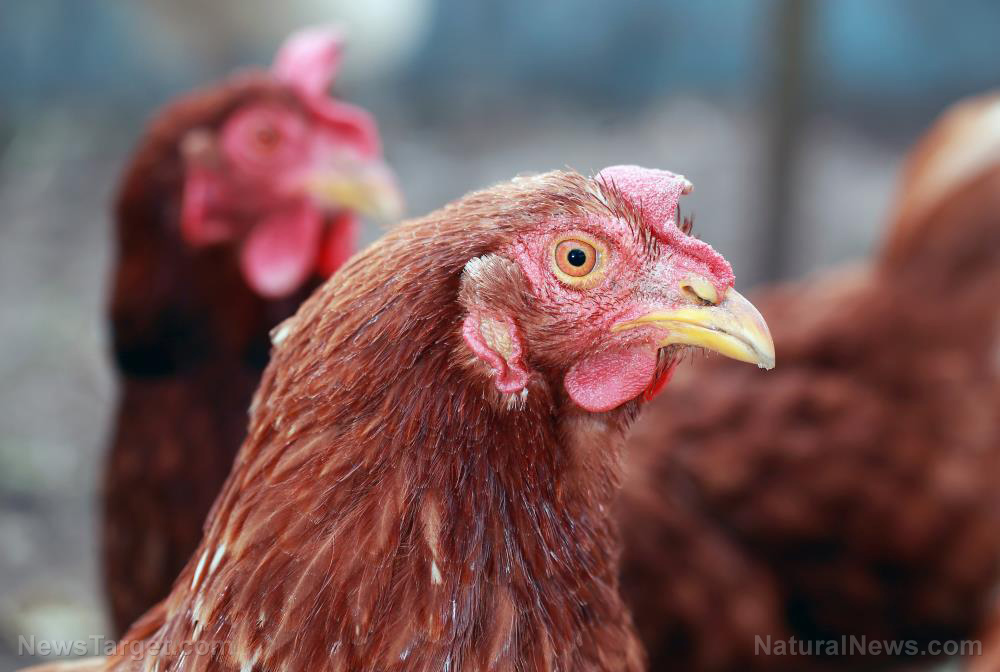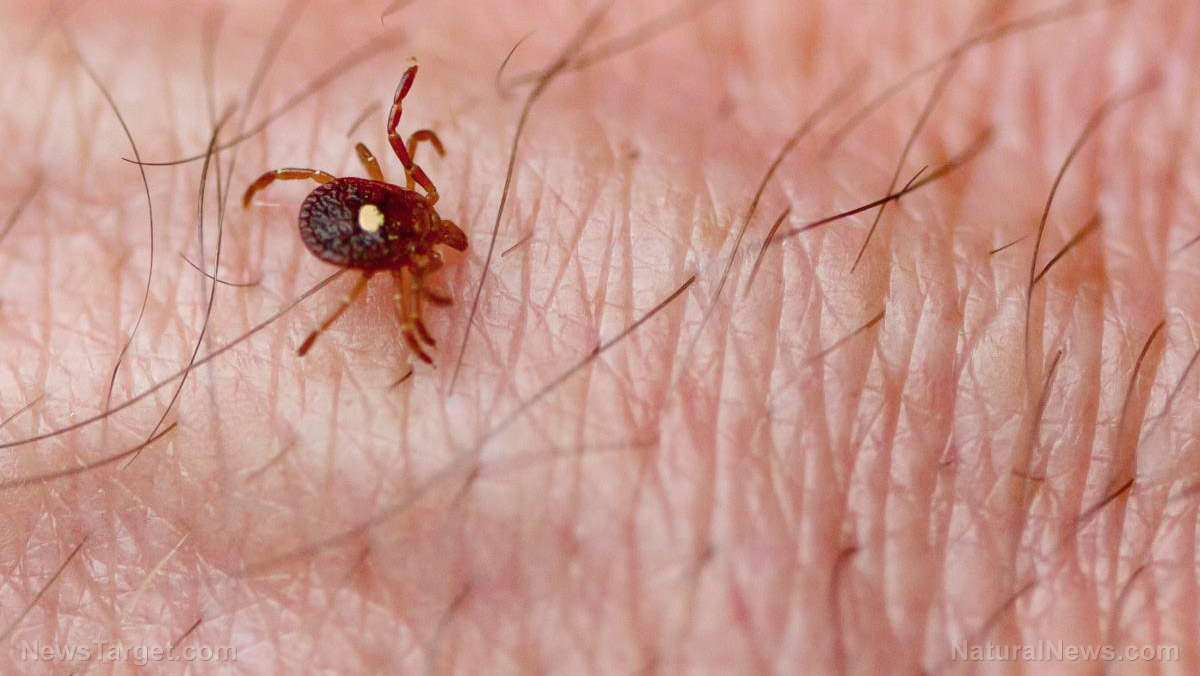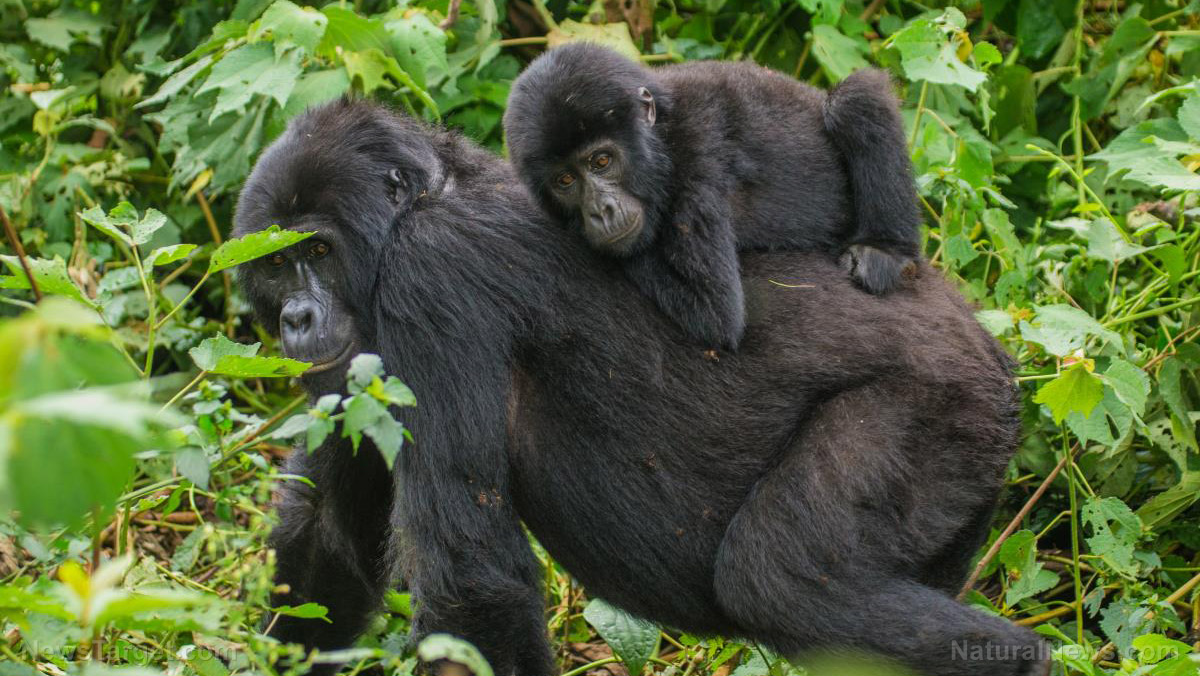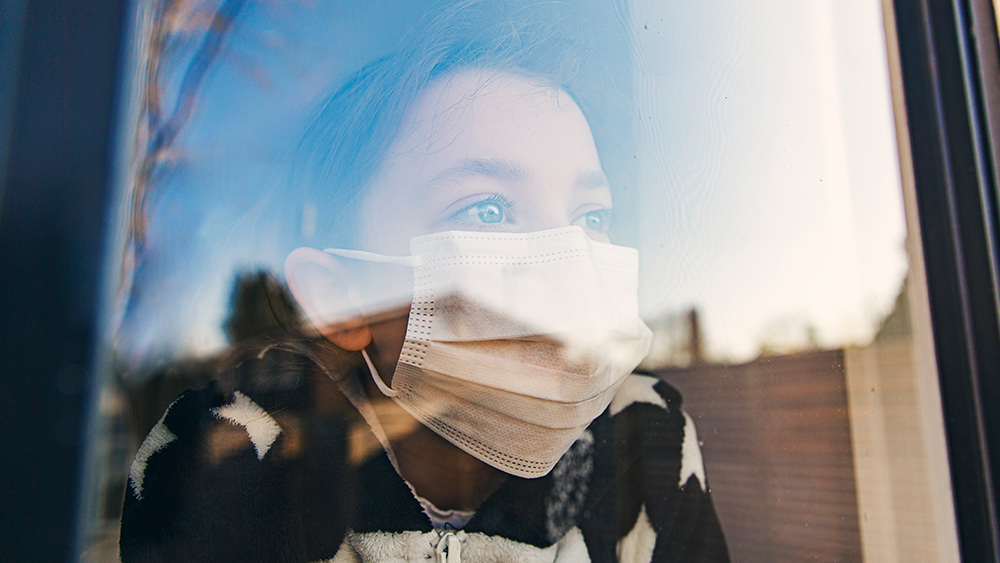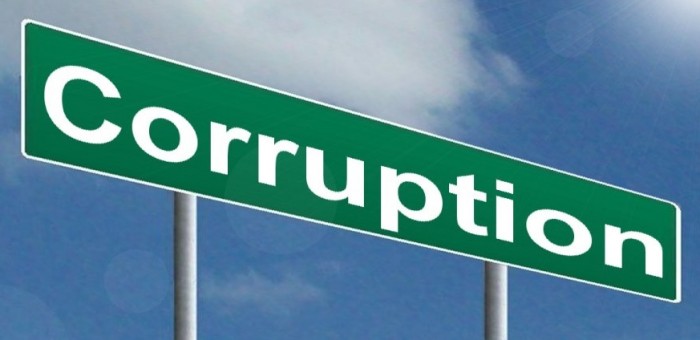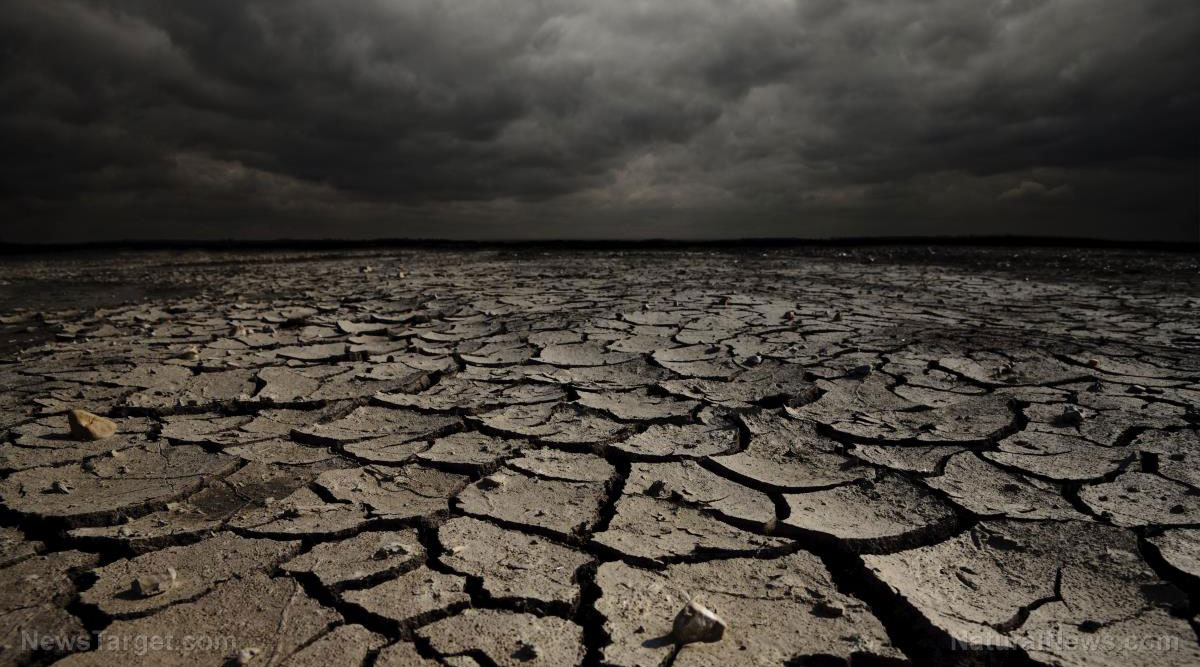Waves of trash wash up on pristine beaches of Honduran town
10/07/2020 / By Virgilio Marin
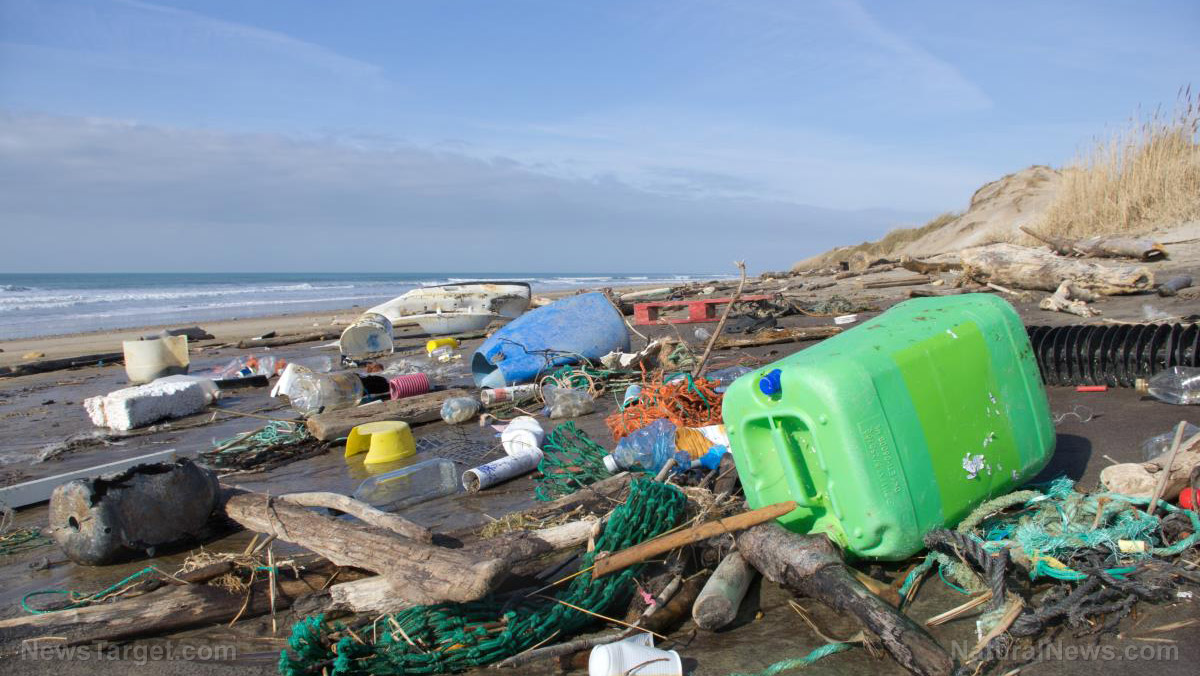
Waves of garbage have washed up on the shores of a small Honduran town, affecting wildlife and the local economy that’s mostly dependent on the town’s pristine beaches to draw up tourists.
Officials said enormous islands of trash appeared on the coast of Omoa in northern Honduras on Sept. 19. According to the Voice of America, the trash consisted mostly of plastic and came from the Motagua River in neighboring Guatemala, a major waterway perennially emptying refuse in the Caribbean Sea.
The local government immediately organized a clean-up drive, but trash kept washing ashore, reported EuroNews. Meanwhile, environmental officials called on to the country’s capital, Tegucigalpa, to take action.
“We are committed to cleaning our beaches and keeping them clean,” said environmental official Lilian Rivera, “but today we are demanding that authorities in Tegucigalpa take strong actions, actions to find a permanent solution to this problem.”
According to the Voice of America, the Honduran government already sent a complaint to Guatemala to stem the tide of plastic.
Motagua waste pollutes the Caribbean
Footage taken by journalist Orlin Martinez shows garbage bobbing up and down right where seawater meets the sand. He said that the trash could not have come worse as the local community already took a bad hit from the pandemic. Volunteers and members of the Honduran armed forces quickly went to work cleaning up the garbage and cleared the beach by the evening of Sept. 20. But Martinez said that trash kept drifting ashore.
Earlier this month, Guatemala warned Honduras that waste protection facilities on the Motagua stopped working properly due to heavy rainfall and would not be able to hedge garbage from the Caribbean. But the problem dates way back. The Intercept reported in 2019 that the refuse flowing from the Motagua is an ongoing problem for the Caribbean coasts. The river is fed daily by refuse that is not handled well, as Guatemala’s disposal sites are not properly managed while public water treatment plants are virtually lacking. As a result, industrial waste, domestic refuse and agricultural runoff are all flushed and fed into an ever-present island of ocean trash at the river’s mouth, opening into the sea and washing onto the Mesoamerican reef, home to diverse species of marine animals.
In 2017, Honduras threatened Guatemala with a lawsuit over the latter’s poor handling of the Motagua. The move led to the installation of a “bio-fence,” an artificial barrier made of plastic bottles stacked on top of each other and held together by a plastic net. It was overseen by locals living near the area.
“When it’s full, you can practically walk on it,” Marco Dubon told the Intercept. Dubón leads a group of residents tasked to clear the makeshift barrier when it has caught enough trash.
4ocean, an apparel company dedicated to making bracelets out of recycled materials, announced earlier this year that it would be expanding its cleanup operations to Guatemala. The company recently set up a base in the coastal city of Puerto Barrios, a prime location near some of the country’s most polluted rivers and bays. Besides cleaning up trash, it will also build modern containment barriers and use the plastic it collected to create products.
These efforts could go a long way toward minimizing plastic pollution, especially as plastic is one of the world’s major water pollutants. A recent study found that around 11 million metric tons of plastic enter marine environments every year. That number may increase to 29 million metric tons by 2040 if no action is taken, warned the researchers. (Related: Mystery: Scientists find plastic garbage at 88% of ocean sites, but only 1% of the trash is accounted for.)
OceanHealthNews.com has more on the top rivers polluting the world’s oceans.
Sources include:
Submit a correction >>
Tagged Under:
Caribbean Sea, clean water, Ecology, environ, environment, guatemala, Honduras, marine animals, microplastics, Motagua river, ocean garbage, ocean life, Plastic, polluted beaches, trash, water health, water pollutant
This article may contain statements that reflect the opinion of the author
RECENT NEWS & ARTICLES
COPYRIGHT © 2017 ECOLOGY NEWS

